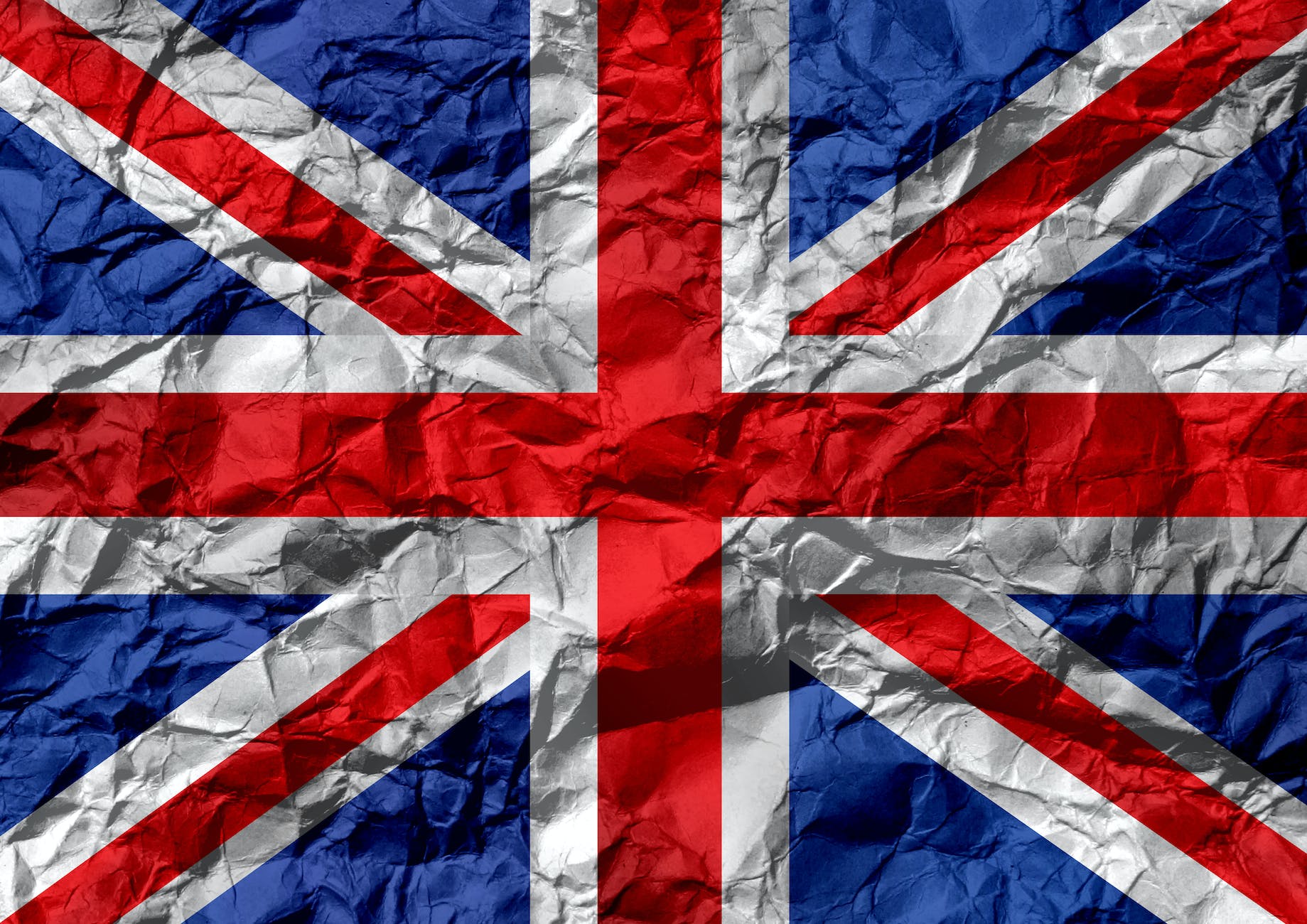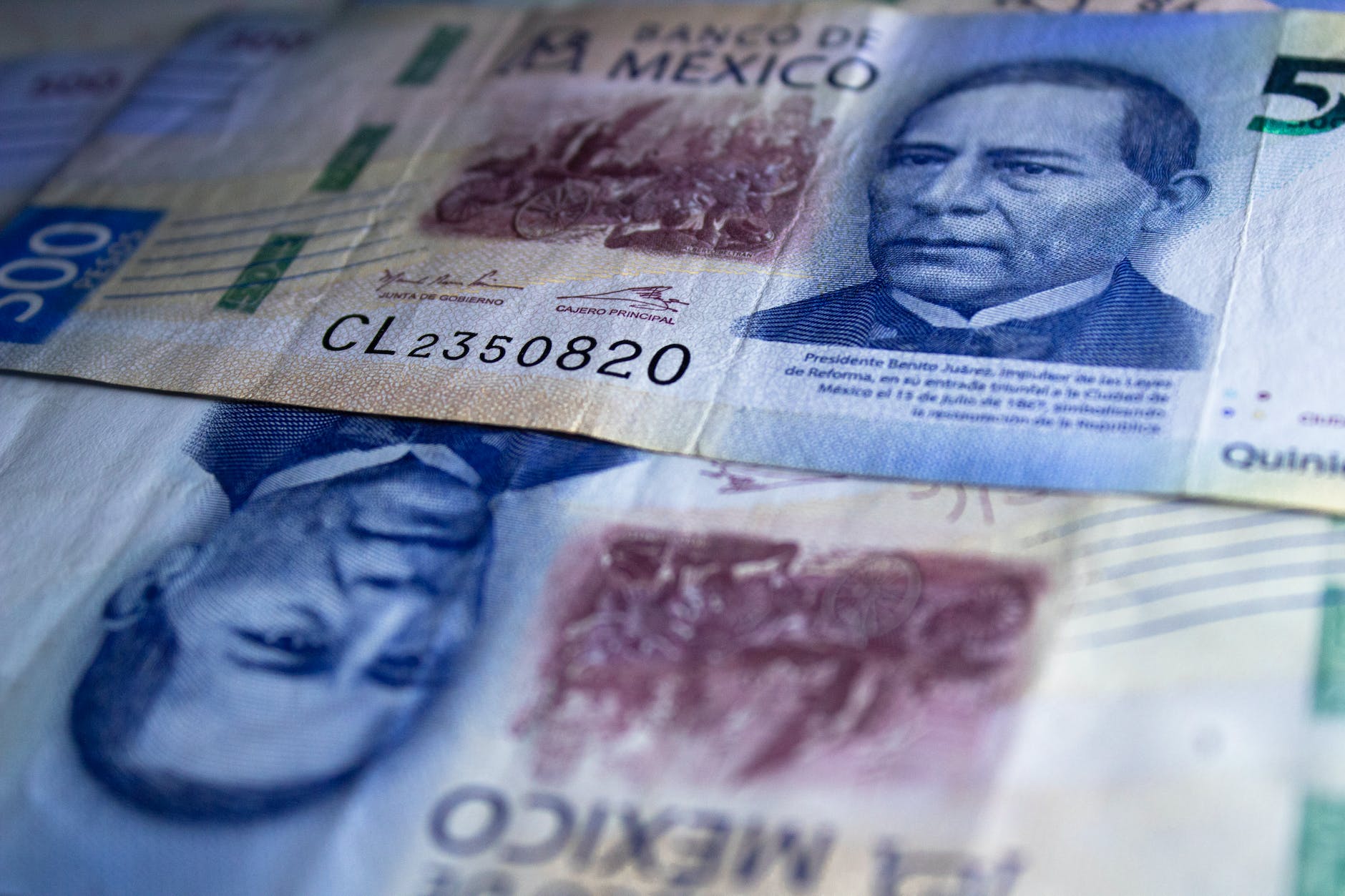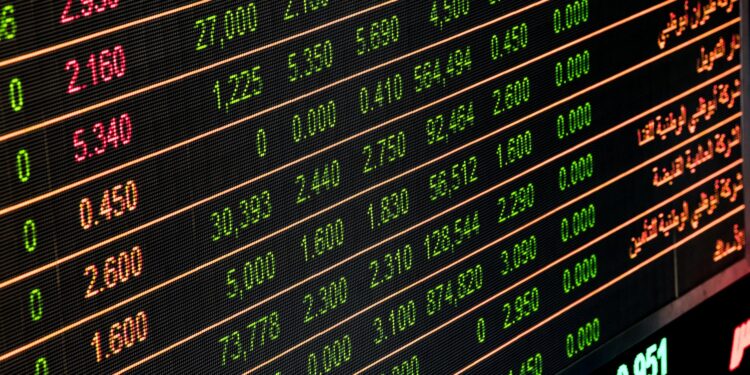Currencies have played a significant role in human history, enabling trade and commerce across nations and continents. From the US dollar to the Japanese yen, each currency has its unique history and quirks. Here are some interesting and strange facts about major currencies.

The US dollar is the world’s most widely used currency, but it was not always the case. In the early days of America, each state issued its currency, causing confusion and hindering trade. It wasn’t until 1863 that the US government began to issue a single national currency.
The euro is the currency used by 19 of the 27 European Union countries. However, it was not the first proposed name for the currency. Other names considered included ECU (European Currency Unit), EUF (European Unit of Currency), and even Frankfurter (after the city where the European Central Bank is located).
The Japanese yen has a unique feature that sets it apart from other currencies. It is the only currency in the world that uses a symbol instead of a letter or abbreviation. The yen symbol (¥) is based on the Chinese character for “circle,” representing the coins that were once used as currency.

The British pound is one of the oldest currencies in the world, with a history dating back over a thousand years. The pound’s origins can be traced back to Anglo-Saxon times when silver pennies were used as currency. The word “pound” comes from the Latin word “pondus,” meaning weight.
The Australian dollar is unique in that it features a different animal on each of its banknotes. The $5 note features the eucalyptus tree and the native bird, the wattle, while the $10 note depicts two Australian writers, Dame Mary Gilmore and Banjo Paterson.
The Canadian dollar has a hidden feature that most people don’t know about. If you hold the bill up to the light, you will see a hidden image of a maple leaf in the clear window. This security feature makes it difficult to counterfeit Canadian currency.
The Chinese yuan is one of the most tightly controlled currencies in the world. The Chinese government has strict controls on the exchange rate and limits the amount of money that can be taken out of the country. In fact, the government has even built a massive dam on the Yangtze River to control the flow of money in and out of the country.
The Swiss franc is one of the most stable currencies in the world, but it wasn’t always that way. During World War II, the Swiss franc lost much of its value due to inflation. To combat this, the Swiss government introduced a new currency in 1945, which was pegged to the US dollar, and the franc has remained stable ever since.
The Indian rupee is unique in that it features an image of the Mahatma Gandhi on all of its banknotes. Gandhi is revered in India as the “father of the nation” and played a significant role in the country’s struggle for independence from British rule.

The Mexican peso has a unique history that dates back to the Aztec empire. The Aztecs used cocoa beans as currency, and the word “peso” comes from the Spanish word for “weight,” which was used to describe the value of the cocoa beans. Today, the peso is the official currency of Mexico and is used by over 125 million people.
In conclusion, each currency has its unique history and quirks, reflecting the culture and values of the countries that use them.

